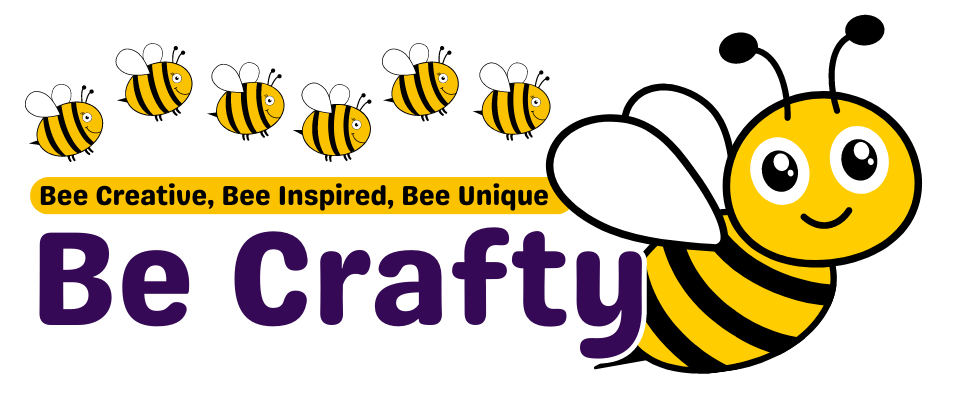Geometric patterns have been an integral part of traditional designs and embroidery for centuries. From the intricate Moorish designs of ancient Spain to the bold, colorful patterns of African textiles, geometric patterns have long been used to create stunning and intricate works of art. In this article, we will explore the different types of geometric patterns, their history, and their application in various types of embroidery designs.
Geometric patterns are formed by repeating simple shapes such as circles, squares, triangles, and lines to create complex designs. There are several types of geometric patterns that can be found in traditional designs and embroidery:
- Tessellations: These are patterns formed by fitting together identical shapes without any gaps or overlaps. Examples include the honeycomb pattern formed by hexagons or the checkerboard pattern formed by squares.
- Fractals: These are patterns that exhibit self-similarity at different scales. This means that as you zoom in on a fractal pattern, you will see the same pattern repeated over and over again at smaller scales. Examples include the Sierpinski triangle and the Mandelbrot set.
- Symmetry: Many geometric patterns exhibit various types of symmetry, including reflectional symmetry (mirroring), rotational symmetry (rotation around a point), translational symmetry (repeating a pattern in a straight line), and glide reflection symmetry (a combination of reflection and translation).
- Spirals: These are patterns that radiate from a central point in a spiral shape. Examples include the Fibonacci spiral and logarithmic spirals.
- Lattices: These are patterns formed by arranging points on a grid or lattice structure, with lines or curves connecting the points in various ways.
In traditional designs and embroidery, geometric patterns have often been used as decorative elements or as symbols with specific meanings. For example, in Islamic art, geometric patterns are used to create intricate designs that reflect the beauty and order of the natural world, while also avoiding the representation of living beings, which is forbidden in Islamic tradition. In African textiles, geometric patterns are often used to tell stories or convey messages, with each shape and color having its own unique meaning.
There are several types of embroidery designs that incorporate geometric patterns:
- Blackwork embroidery: This is a type of counted-thread embroidery that uses geometric patterns to create intricate designs using only black thread on a white or off-white background. It originated in Spain in the 16th century and became popular in England during the reign of Elizabeth I.
- Bargello embroidery: Also known as Florentine embroidery, this is a type of needlepoint that uses geometric patterns to create bold, colorful designs. It originated in Italy in the 15th century and features repeating patterns of stepped stitches, creating a zigzag or flame-like effect.
- Cross-stitch embroidery: This is a type of counted-thread embroidery that uses x-shaped stitches to create geometric patterns and designs. Cross-stitch has been used for centuries in various cultures around the world and remains a popular form of embroidery today.
- Sashiko embroidery: This is a Japanese form of decorative reinforcement stitching that uses geometric patterns to create functional and beautiful designs. Traditionally used to reinforce and mend fabric, sashiko has evolved into an art form in its own right, with intricate patterns and designs used for purely decorative purposes.
- Geometric smocking: This is a type of fabric manipulation technique that involves gathering and pleating fabric to create geometric patterns and designs. Often used as a decorative element on clothing, geometric smocking can also be found on home décor items such as pillows and curtains.
In conclusion, geometric patterns have played a significant role in traditional designs and types of embroidery throughout history. These timeless patterns continue to inspire artists and crafters today, adding beauty, depth, and meaning to their creations.


